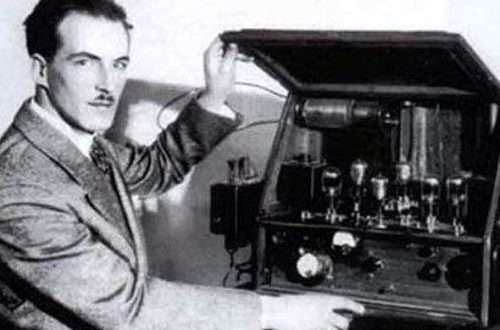How to build characteristic intervals in any key?
Contents
Today we’ll talk about how to build characteristic intervals in any key: major or minor. First you need to understand what characteristic intervals are in general, how they appear and at what stages they are built.
First of all, characteristic intervals are intervals, that is, combinations of two sounds in melody or harmony. There are different intervals: pure, small, large, etc. In this case, we will be interested in increased and decreased intervals, namely increased seconds and fifths, decreased sevenths and fourths (there are only four of them, they are very easy to remember -).
These intervals are called characteristic because they appear only in harmonic major or minor due to the increased and decreased degrees “characteristic” of these types of major and minor. What does this mean? As you know, in harmonic major the sixth degree is lowered, and in harmonic minor the seventh is raised.
So, in any of the four characteristic intervals, one of the sounds (lower or upper) will definitely be this “characteristic” step (VI low, if it is a major, or VII high, if we are in a minor).
How to construct characteristic intervals?
Now let’s move directly to the question of how to construct characteristic intervals in minor or major. This is done very simply. First you need to imagine the desired key, write, if necessary, its key signs, and calculate what sound is “characteristic” here. And then you can move in two ways.
The first way comes from the following axiom: . See how it works.
Example 1. Characteristic intervals in C major and C minor
Example 2. Characteristic intervals in F major and F minor
Example 3. Characteristic intervals in A major and A minor
In all these examples, we clearly see how all kinds of increased seconds with decreased fourths literally “revolve” around our magic step (I remind you that in major the “magic step” is the sixth, and in minor it is the seventh). In the first example, these steps are highlighted with a yellow marker.
The second way – also an option: simply construct the necessary intervals at the necessary steps, especially since we already know one sound. In this matter, this sign will help you a lot (it is recommended to sketch it in your notebook):
There is one secret with which this sign can be easily remembered. Keep it up: in major, all increased intervals are built on a lowered sixth degree; in minor, all decreased intervals are built on an elevated seventh!
How can this secret help us? Firstly, we already know at what level two of the four intervals are constructed (either a pair of diminished ones – a fourth and a seventh, or a pair of increased ones – a fifth and a second).
Secondly, having constructed this pair of intervals (for example, both increased), we almost automatically obtain a second pair of characteristic intervals (both decreased) – we just need to “turn upside down” what we have built.
Why is that? Yes, because some intervals simply turn into others according to the principle of mirror reflection: a second turns into a seventh, a fourth into a fifth, decreased intervals when converted become increased and vice versa… Don’t believe me? See for yourself!
Example 4. Characteristic intervals in D major and D minor
Example 5. Characteristic intervals in G major and G minor
How are characteristic intervals resolved in major and minor?
The characteristic intervals of consonance are unstable and require correct resolution into stable tonic consonances. A simple rule applies here: with resolution to tonic, increased intervalsThe values need to be increased, and the decreases need to be decreased.
In this case, any unstable sound simply transforms into the nearest stable one. And in a couple of intervals5– mind4 in general, only one sound (the “interesting” step) needs to be resolved, since the second sound in these intervals is a stable third step that remains in place. And our “interesting” steps are always resolved in the same way: a lower sixth tends to the fifth, and an elevated seventh to the first.
It turns out that an augmented second is resolved into a perfect fourth, and a diminished seventh is resolved into a perfect fifth; an augmented fifth, increasing, passes into a major sixth when resolved, and a diminished fourth, decreasing, passes into a minor third.
Example 6. Characteristic intervals in E major and E minor
Example 7. Characteristic intervals in B major and B minor
The conversation about these cool intervals can, of course, continue endlessly, but we will stop there now. I’ll just add a couple more words: do not confuse characteristic intervals with tritones. Yes, indeed, a second pair of tritones appears in harmonic modes (one pair of uv4 with mind5 is also in diatonic), however, we consider tritones separately. You can read more about newts here.
I wish you success in learning music! Make it a rule: if you like the material, share it with a friend using the social buttons!



